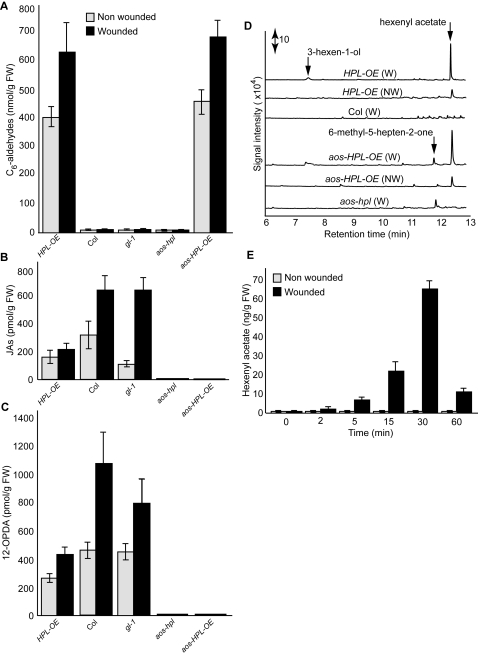Figure 1. Profiling of the HPL- and AOS-branch pathways metabolites.
(A) Levels of C6-aldehydes, (B) JAs (JA+MeJA), and (C) 12-OPDA determined in non wounded (grey bar), or wounded leaves 2 hours after mechanical damage (black bar). Each measurement is derived from the mean±standard deviation (SD) of three independent biological replicates. (D) Characterization and quantification of GLVs by adsorptive headspace collection and GC-MS analyses performed on three repeats of three independent biological replicates from wounded and non wounded Arabidopsis genotypes show that hexenyl acetate is the predominant volatile produced in wounded leaves of plants with a functional HPL. Double-headed arrow represents a scale for signal intensity. (E) Analyses of the emission rate of hexenyl acetate in non wounded (grey bar) or mechanically wounded (black bar) aos-HPL-OE plants, performed three times on three independent biological replicates show that emission of hexenyl acetate is wound-inducible and transient.

